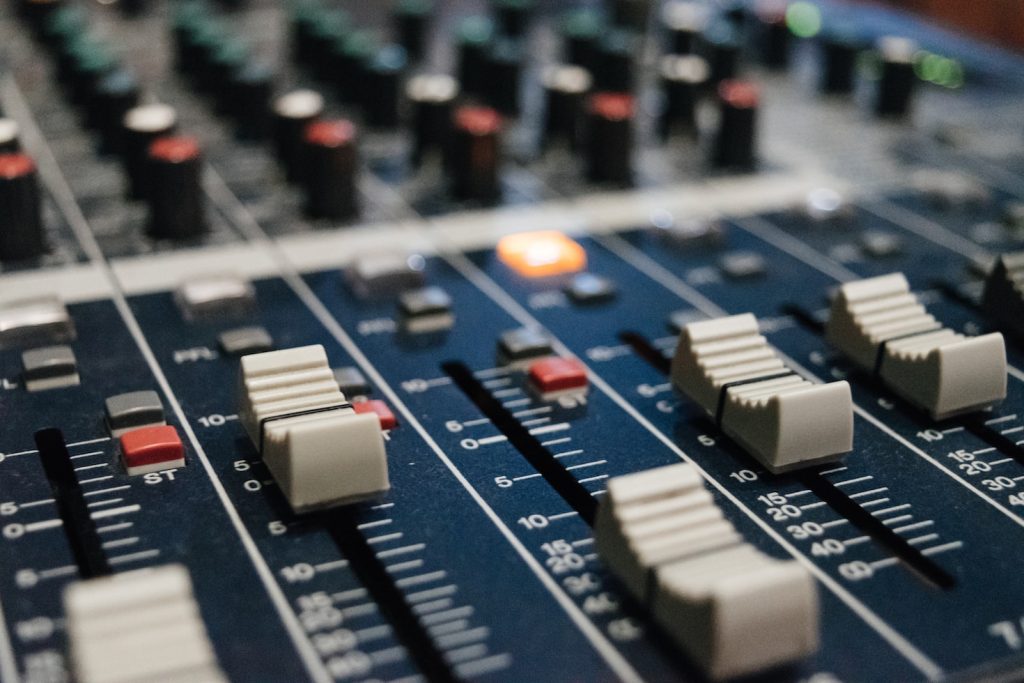Sampling the Sounds: The Role of Technology in Urban Music
Sampling the Sounds: The Role of Technology in Urban Music
The story of urban music is one of constant evolution, a rhythm that has pulsed through the heart of our cities for decades. From the soulful strains of jazz to the assertive beats of hip-hop, urban music has always been a reflection of the cultural and social dynamics of city life. It’s a genre that has not only given voice to the voiceless but has also become a global phenomenon, influencing countless other musical styles and artists.
At the core of this evolution is technology. From the earliest recordings to the latest digital innovations, technology has played a pivotal role in shaping urban music. It has transformed the way music is created, distributed, and consumed, revolutionizing the industry and the soundscapes of our lives.
For students diving into the study of urban music, understanding the technological influences is akin to grasping the essence of the genre itself. Much like relying on Write My Essay services from Studyfy for academic assistance, turning to technology in music has empowered artists to push boundaries and explore new territories. It has been a tool for experimentation, a canvas for creativity, and a bridge connecting diverse musical traditions.
The Birth of a New Sound
The journey of technology in urban music can be traced back to the early 20th century with the advent of recording equipment. Jazz, the precursor to much of today’s urban music, was among the first genres to benefit from recording technology, allowing it to spread from the streets of New Orleans to the rest of the world. As recording techniques improved, so did the quality and reach of the music, helping to lay the foundation for what would become a global phenomenon.
From Vinyl to Digital: A Technological Odyssey
The vinyl record was the next major technological milestone, giving rise to the DJ culture that would become integral to genres like hip-hop and house music. DJs not only played records but began manipulating them, creating new sounds and techniques like scratching and mixing. These innovations laid the groundwork for much of modern urban music and its offshoots.
The Digital Revolution: Democratizing Music Creation
Perhaps no technological advancement has had a more significant impact on urban music than the digital revolution. The advent of digital audio workstations (DAWs) and software-based production tools democratized music creation. Suddenly, aspiring artists didn’t need expensive studio time or equipment to produce high-quality music. They could do it from their bedrooms with a computer and a few pieces of software.
This shift had a profound effect on the genre, leading to an explosion of creativity and diversity. It allowed artists to experiment with new sounds and styles, blending genres and influences to create something entirely new. It also lowered the barriers to entry, enabling a new generation of musicians to contribute their voices to the urban music tapestry.
Sampling: The Art of Musical Collage
One of the most influential technologies in urban music is sampling. By taking snippets of existing recordings and recontextualizing them, artists could create new compositions. This technique pioneered in hip-hop, is now a staple across various music genres. Sampling is more than just a production technique; it’s an art form that allows artists to weave together different musical threads to create a new tapestry of sound.
The Rise of Beatmaking and Production Software
Beatmaking and production software have become the heart of urban music production. Programs like FL Studio, Ableton Live, and Logic Pro have become essential tools for artists, enabling them to craft complex rhythms and soundscapes. These tools have not only enhanced the creative process but have also given rise to new genres and subgenres within the urban music spectrum.
The Internet and Social Media: Connecting Artists and Audiences
The Internet and social media have fundamentally changed how urban music is distributed and consumed. Platforms like SoundCloud and Bandcamp have given artists a direct line to their audience, bypassing traditional distribution channels. Social media has allowed artists to build communities around their music, fostering a closer connection between creators and listeners.
Influential Artists and Technological Pioneers
Throughout the history of urban music, certain artists have stood out as technological pioneers. Grandmaster Flash, for example, revolutionized DJing with his innovative turntable techniques. In the realm of production, Dr. Dre’s use of sampling and synthesizers helped define the sound of West Coast hip-hop. These artists, and many others, have used technology not just as a tool but as a canvas for their creativity.
Enhancing the Audience Experience with Sound and Visuals
The evolution of sound technology has dramatically transformed live urban music performances. High-fidelity sound systems and advanced mixing consoles allow sound engineers to deliver crystal-clear audio, ensuring that every beat, lyric, and melody reaches the audience with the utmost clarity and impact. This precision in sound engineering is crucial in genres like hip-hop and electronic music, where the depth and nuances of the bass and beats are integral to the experience.
Visuals, too, play a significant role in modern performances. LED screens, projectors, and lighting technology work in harmony to create immersive environments. Visual effects are synchronized with the music to amplify the emotional impact of the performance. For instance, a sudden burst of light or a change in visuals can accentuate a drop in an electronic track, creating a heightened sensory experience for the audience.
Final Thoughts: The Unending Symphony of Progress
Urban music’s relationship with technology is an ongoing symphony of progress and innovation. It’s a genre that has continually adapted and evolved, reflecting the ever-changing landscape of our urban environments. For students and enthusiasts, understanding this relationship is key to appreciating the depth and complexity of urban music.
As we look to the future, it’s clear that technology will continue to play a vital role in the development of urban music. Whether it’s through new production techniques, distribution platforms, or yet-to-be-invented instruments, technology will remain a driving force behind the creativity and vibrancy of this ever-evolving genre. In the world of urban music, the only constant is change, and technology is the conductor leading the way.

